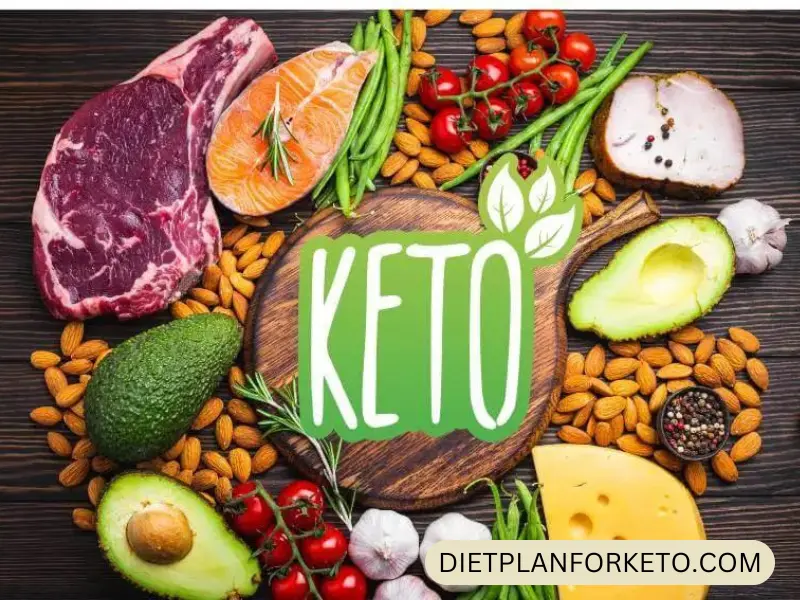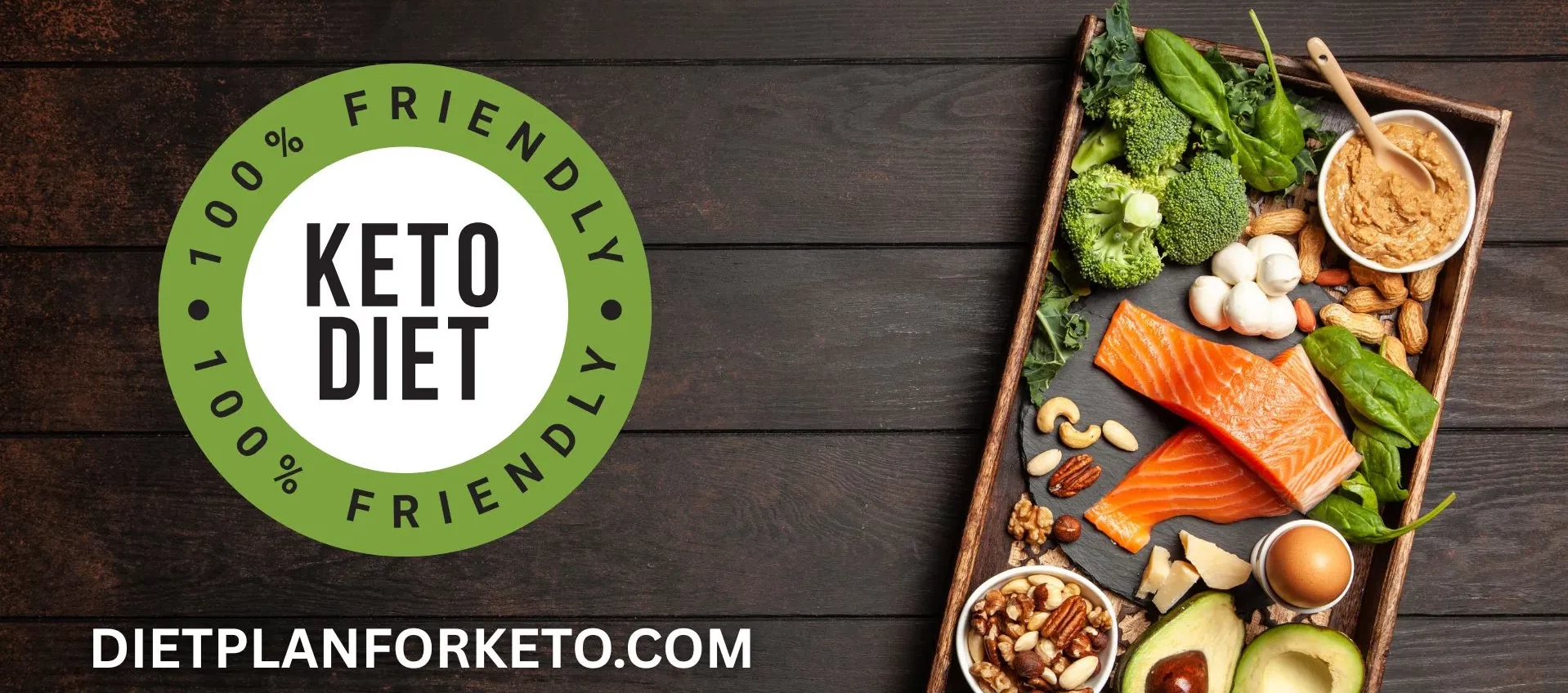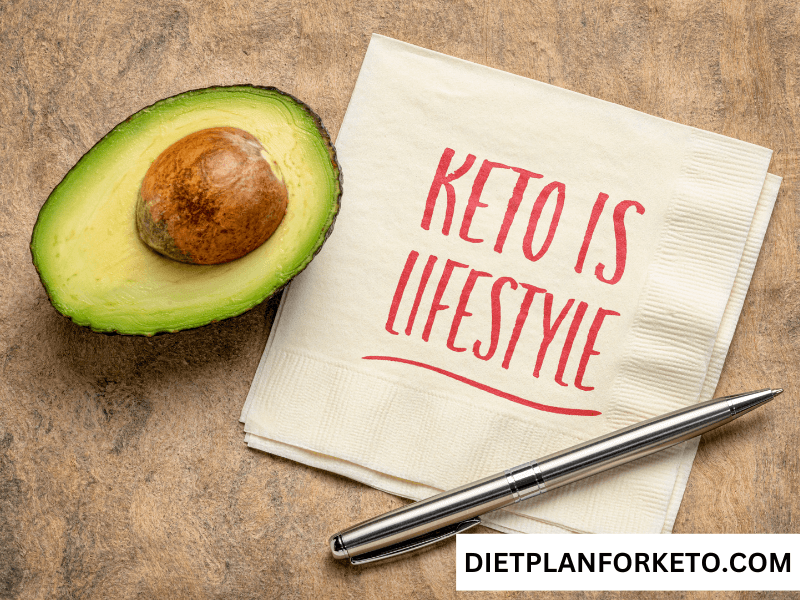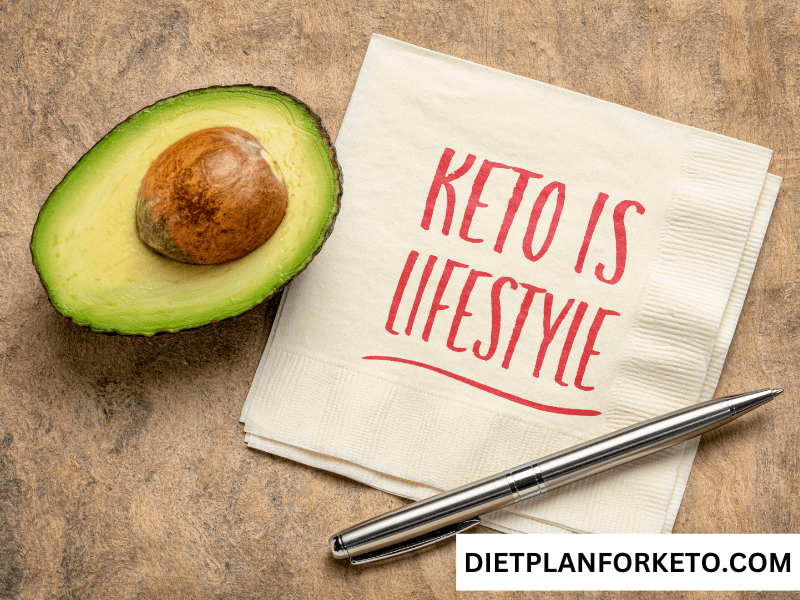If you’re on a ketogenic diet and love to grill, you’re in for a flavor-packed treat. Keto marinades are the secret weapon for making your meats not only juicy and tender but also loaded with mouthwatering, low-carb flavor.
Whether you’re grilling steak, chicken, pork, or seafood, the right keto marinade can elevate your dish from good to unforgettable—all while keeping you in ketosis.
Table of Contents
- What Is a Keto Marinade?
- Benefits of Using Keto Marinades
- Key Ingredients in Keto Marinades
- Tips for Grilling Keto-Style
- Top 10 Keto Marinade Recipes
- Pros and Cons of Keto Marinades
- Additional Resources
- Conclusion
1. What Is a Keto Marinade?
A keto marinade is a flavorful liquid mixture used to soak meats, often before grilling or roasting, that contains little to no carbohydrates. Traditional marinades often include sugar or high-carb sauces, but keto-friendly options use ingredients that enhance taste without spiking your blood sugar.
2. Benefits of Using Keto Marinades
- Enhanced Flavor: Bring out the natural flavors of meats with herbs, spices, and healthy fats.
- Improved Texture: Marinades help tenderize tougher cuts of meat.
- Better Nutrient Absorption: Ingredients like olive oil and lemon juice can help your body absorb fat-soluble vitamins.
- Versatility: You can use them for grilling, baking, roasting, or sautéing.
3. Key Ingredients in Keto Marinades
- Healthy Fats: Olive oil, avocado oil, sesame oil.
- Acids: Apple cider vinegar, lemon juice, lime juice.
- Herbs & Spices: Garlic, thyme, rosemary, cumin, paprika.
- Low-Carb Liquids: Coconut aminos (as soy sauce substitute), mustard, hot sauce.
- Sweeteners: Monk fruit, stevia, or erythritol (optional).
4. Tips for Grilling Keto-Style
- Choose Fatty Cuts: Ribeye, chicken thighs, pork belly.
- Preheat Your Grill: Helps sear the meat and lock in juices.
- Avoid Sugary Sauces: Stick with your keto marinade throughout the cooking process.
- Use a Meat Thermometer: Ensures doneness without overcooking.
- Let It Rest: Always rest meat after grilling for juicier results.

5. Top 10 Keto Marinade Recipes
Each recipe below includes step-by-step instructions, ingredients, and carb count per serving.
1. Lemon Garlic Herb Chicken Marinade
Ingredients:
- 1/4 cup olive oil
- 2 tbsp lemon juice
- 3 garlic cloves, minced
- 1 tsp dried thyme
- 1 tsp dried rosemary
- Salt and pepper to taste
Instructions:
- Mix all ingredients in a bowl.
- Place chicken in a zip-top bag and pour marinade over it.
- Marinate in the fridge for 2-4 hours.
- Grill over medium heat for 6-8 minutes per side.
Carbs per serving: 1g
2. Spicy Cilantro Lime Steak Marinade
Ingredients:
- 1/4 cup avocado oil
- 2 tbsp lime juice
- 1/4 cup chopped cilantro
- 1 garlic clove, minced
- 1/2 tsp cumin
- 1/4 tsp red pepper flakes
- Salt to taste
Instructions:
- Combine all ingredients in a bowl.
- Add steak to a bag or dish and coat with marinade.
- Marinate for at least 2 hours.
- Grill to preferred doneness.
Carbs per serving: 1g
3. Balsamic Dijon Pork Marinade
Ingredients:
- 1/4 cup olive oil
- 2 tbsp balsamic vinegar
- 1 tbsp Dijon mustard
- 1 tsp garlic powder
- Salt and pepper to taste
Instructions:
- Whisk ingredients together.
- Coat pork chops or tenderloin.
- Let marinate for 2 hours.
- Grill for 5-7 minutes per side.
Carbs per serving: 2g
4. Coconut Aminos Beef Marinade
Ingredients:
- 1/4 cup coconut aminos
- 1 tbsp sesame oil
- 2 garlic cloves, minced
- 1 tsp grated ginger
Instructions:
- Combine ingredients in a bowl.
- Marinate beef for 2-4 hours.
- Grill or stir-fry as desired.
Carbs per serving: 1g
5. Chimichurri Marinade
Ingredients:
- 1/2 cup parsley, chopped
- 1/4 cup olive oil
- 2 tbsp red wine vinegar
- 3 garlic cloves
- Salt, pepper, and chili flakes to taste
Instructions:
- Blend ingredients in a food processor.
- Use as marinade and sauce for steak or chicken.
- Marinate meat for 1 hour minimum.
Carbs per serving: 1g
6. Buffalo Ranch Chicken Marinade
Ingredients:
- 1/4 cup hot sauce (no sugar added)
- 1/4 cup avocado oil
- 2 tbsp keto-friendly ranch seasoning
Instructions:
- Mix ingredients.
- Add to chicken and marinate 2 hours.
- Grill or bake until cooked through.
Carbs per serving: 1g
7. Smoky Paprika BBQ Marinade
Ingredients:
- 1/4 cup olive oil
- 1 tbsp smoked paprika
- 1 tsp garlic powder
- 1 tsp onion powder
- Salt and pepper
Instructions:
- Combine and whisk.
- Coat meat and let sit for at least 1 hour.
- Grill or bake.
Carbs per serving: 1g
8. Keto Teriyaki Marinade
Ingredients:
- 1/4 cup coconut aminos
- 1 tbsp sesame oil
- 1 tsp powdered monk fruit sweetener
- 1 tsp garlic and ginger each
Instructions:
- Whisk together.
- Marinate beef or chicken.
- Cook over grill or skillet.
Carbs per serving: 2g
9. Mediterranean Herb Marinade
Ingredients:
- 1/4 cup olive oil
- 2 tbsp lemon juice
- 1 tbsp oregano
- 1 tsp thyme
- 1 garlic clove
Instructions:
- Mix and coat chicken or lamb.
- Let rest for 2 hours.
- Grill as desired.
Carbs per serving: 1g
10. Mustard Herb Pork Marinade
Ingredients:
- 1/4 cup avocado oil
- 1 tbsp Dijon mustard
- 1 tsp garlic powder
- 1 tsp rosemary
- Salt and pepper
Instructions:
- Whisk ingredients.
- Coat pork and marinate 1-2 hours.
- Grill over medium heat.
Carbs per serving: 1g
6. Pros and Cons of Keto Marinades
Pros:
- Boost flavor without carbs
- Easy to make at home
- Great for meal prep and grilling
- Supports ketosis while satisfying taste buds
Cons:
- Some ingredients (like coconut aminos) can be pricey
- Must plan ahead to marinate
- May not taste as sweet as traditional marinades
7. Additional Resources
For more delicious and keto-compliant recipe ideas, check out the blog post “45 Best Keto BBQ Recipes (Low Carb Easy Grilling Ideas)” on a reputable Keto-focused site called Remake My Plate. This resource is filled with tested recipes and expert tips to keep your meals exciting and on-plan.
8. Conclusion
Keto marinades are a game changer for anyone serious about flavor and fat-burning. By using healthy fats, bold herbs, and low-carb ingredients, you can unlock new layers of taste in every bite of meat.
With the ten versatile recipes in this guide, your grilling season will be packed with unforgettable meals that keep you on track with your keto lifestyle. Now fire up that grill, marinate with confidence, and enjoy the best of both taste and health.



